What Should I Eat on the Keto Diet?
Everyone’s talking about the keto diet right now. People ask us all the time if it’s really different than IIFYM… and it’s not.
It has a different macro ratio split, but ultimately you are still tracking your macros and eating the foods you want to eat inside those ratios.
How do you calculate keto macros?
It varies from person to person (and expert to expert), but usually the macro ratio falls within the following range:
- 60-80% of calories from fat
- 15-30% of calories from protein
- 5-10% of calories from net carbs (net carbs are your grams of carbs minus the grams of fiber… so you can still eat lots of veggies!)
Regardless of the ketogenic macro ratio you use, your goal should be to eat as few carbs as possible, and the carbs you do eat should be high in fiber.
Why should you consider a ketogenic diet?
Your body uses carbohydrates (sugar) as fuel. By strictly limiting your carbohydrate intake you can force your body to burn fat instead.
This new energy will come from a high fat diet, but also from your stores of body fat! Simply put, a ketogenic (or keto) diet is one which converts your body from burning sugar to burning fat.
What are ketones?
Once your body begins to burn fat as fuel it will produce ketones as a byproduct. Your body is then said to be in a ketogenic state.
Ketones promote brain function, and as an added bonus, excess ketones are not stored by your body, but excreted in your urine.
Ketogenic diet and insulin levels
A ketogenic diet also controls insulin levels and eliminates insulin swings.
Insulin moves sugar (glucose) through your bloodstream and into your muscles and eventually to your liver to be stored as glycogen. Unfortunately, once your muscles and liver are “full” insulin promotes the storage of excess carbs as body fat.
Controlling your insulin levels through a strict, low carbohydrate diet can keep your body in fat burning mode… though it can be really hard to maintain that low level of carbs, which can make the ketogenic diet hard to maintain.
What to Eat on a Keto Diet:
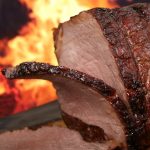
Meat and Poultry
Meat and poultry form the base of any ketogenic pyramid. Choose grass fed and free range beef, pork, chicken, turkey and wild game whenever possible.

Eggs
One large egg contains less than 1 gram of carbohydrate and 6 grams of protein, the ideal food for any ketogenic diet.
Eat the entire egg, many of an egg's nutrients are found in the yolk.
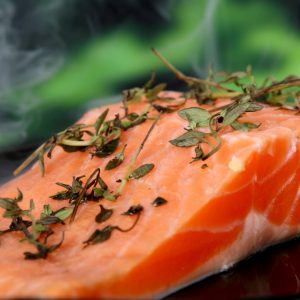
Seafood
Fish and shellfish are also ketogenic foods. Salmon, catfish, sardines, mackerel and similar fatty fish are very high in healthy omega-3 fatty acids. Shrimp and crab contain little to no carbs, while clams and mussels are relatively high in carbs.
Cheese
Cheese is nutritious, delicious, low in carbs and high in fat… perfect for a ketogenic diet.
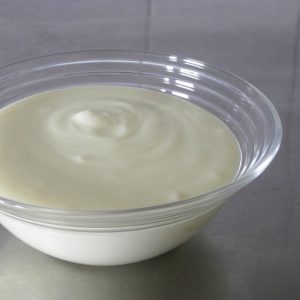
Greek Yogurt and Cottage Cheese
Plain Greek yogurt and cottage cheese are natural, high-protein foods that do contain carbs, but can be included in your ketogenic diet. Both decrease appetite and promote the feeling of fullness and can be easily flavored with cinnamon and nuts.
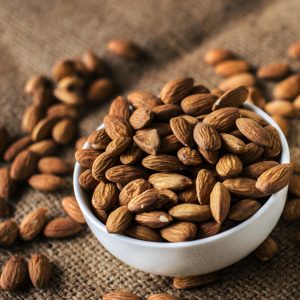
Nuts and Seeds
Nuts and seeds are healthy, high-fat, high-fiber and low-carb foods.
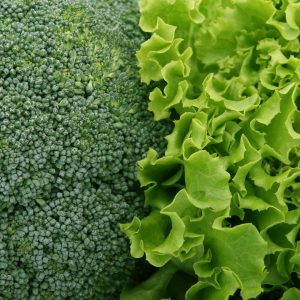
Low-Carb Vegetables
Non-starchy, fibrous vegetables are low in calories and carbs while being high in fiber. Choose fresh or frozen asparagus, bean sprouts, Brussels sprouts, broccoli, cauliflower, celery, greens (collard, kale, mustard, turnip), peppers, radishes and salad greens (endive, escarole, lettuce, romaine, spinach, arugula, radicchio, watercress).
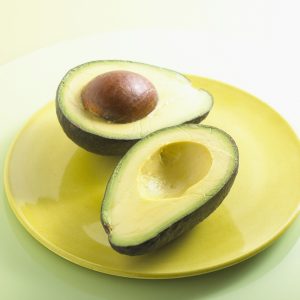
Avocados
Avocados contain only 2 grams of net carbs per serving (half of a medium avocado) and are high in fiber and healthy omega-3 fatty acids.
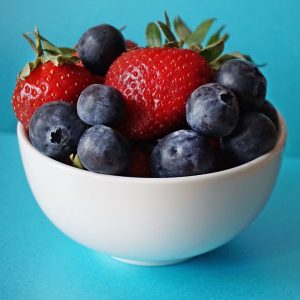
Berries
Most fruits are much too high in carbs to include in your ketogenic diet, but berries are the exception.
Raspberries and blackberries contain more fiber than carbs and are loaded with antioxidants. Choose blackberries, blueberries, raspberries and strawberries.
If you're interested in the ketogenic diet, it can be a great way to kick off your fat loss journey.
The stricter rules of the keto diet can help people break some of their food habits (especially if high carb treats like cookies or cake are your vices) before moving to a more balanced If It Fits Your Macros ratio that includes carbs and is more sustainable.
The post What Should I Eat on the Keto Diet? appeared first on IIFYM.
from IIFYM Recipes and Articles – IIFYM https://ift.tt/2Qd7RcR
from IIFYM Starter Guide https://ift.tt/2MVMezG
Comments
Post a Comment